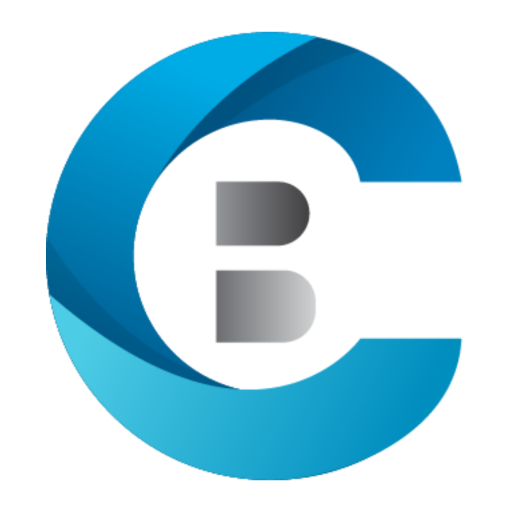5 Steps of the Sales Enablement Process
The fundamental procedures of sales enablement are still changing, much like their structure. The sales cycle’s early to middle stages, including discovery, bespoke solution planning, and presentation, are the emphasis of the sales enablement process. Although Sales Operations typically handle the more advanced phases, like contract negotiations and transaction closure. For the entire sales process to be successful, marketing must be closely integrated with the sales enablement and sales operations teams.
1. Create solid target buyer personas that your sales representative will employ.
Your marketing team already has a few buyer profiles for email campaigns, SEO, or PPC by the time you read this. But are these personalities designed with sales use in mind? Since your sales representatives are the ones who speak with prospects and customers directly, they can have insightful information to add to these profiles. Your sales representatives will be able to: after they are aligned with the marketing team.
- Choose the appropriate buyers
- Create successful campaigns
- increasing the sales cycle
More crucially, if they delivered the same messages to everyone, your sales agents would leverage the developed personas to make sales interactions more fruitful, appealing to customers, and generating more revenue.
2. Match the sales procedure to the customer’s trip.
Marketing and sales teams need to focus on the buyer’s experience as a follow-up to developing buyer profiles.
- How do consumers decide what to buy?
- What details are they seeking?
- Where do they get this data from?
- What forms do they consume that data in?
- Why do they choose one answer over another, and how?
- Before making a buying decision, who do they consult?
- What arguments do they typically raise in opposition?
You might adopt the mindset of your customer persona to optimize your sales process, and then match every step of your sales process to the demands and inquiries of the buyer. Better yet, get information directly from the source: prospects and your customer-facing sales representatives.
3. Match each buyer profile and sales cycle step with marketing material.
Aligning content with each stage of the buyer’s journey is simple when you have a customer-centric perspective.
The buyer’s journey can be divided into three main stages as the first step:
- Knowledge
- Consideration
- Decision
The next stage is to develop a content plan with the main objective of responding to the common queries your prospects have. A distribution strategy should be part of your strategy, where you push content across the channels where your prospects can be found.
Awareness
Content for the awareness stage would focus more on the issue or the pain points for prospects who are aware of the issue but not the solutions that are accessible. These simple-to-eat items would typically consist of:
- Blog articles
- Explainer videos
- Webinars or podcasts
- Social media content
- Infographics
Consideration
Prospects are at this stage where they are more solution-aware and more likely to make a purchase. They require material that is more in-depth than blog posts and explainer videos at this point in the funnel. Downloadable resources such as these would be among the heavier content formats:
- White papers
- Guides
- Datasheets
- Comparisons
- Ebooks
Decision
Buyers at the decision or purchase stage are almost prepared to make a purchase, but they require confidence that they are selecting wisely. Content like the following is frequently used to influence or support their decision:
- Case studies (use cases, customer stories)
- Industry reports
- Tools
- Demos or audits
- High-conversion landing pages
4. Create unique sales communication materials to interact with customers.
2021’s communication with customers theme may be summed up in one word: mobile.
Sales staff will increasingly need to communicate with prospective customers using mobile apps on Android or iPhones. Social media platforms like Facebook, Twitter, LinkedIn, and even Instagram may be included in these apps.
These social media technologies can be used with chatbots, video conferencing, and calendar scheduling systems to enhance the number of touch points along the buyer’s journey and increase the efficiency of sales teams.
5. Act as a feedback channel between the product teams, marketing teams, sales teams, and potential consumers.
It’s crucial to keep in mind that sales representatives cannot handle sales enablement solutions and procedures on their own. While putting the client at the center, sales enablement requires numerous teams and disciplines.
Sales representatives may have a lot of expertise in speaking with and overcoming the objections of potential clients, but they must share their knowledge with the marketing and product teams. Teams working on customer success may also gain useful information from current clients.
To help sales teams achieve their objectives and generate more money, marketing should use these insights to develop or improve better sales enablement content.
We must emphasize that to accomplish corporate objectives, more is required than just qualified vendors. To develop knowledge, hone skills, and make the most of resources to increase customer conversions, sales velocity, and win rates, top talent needs regular coaching and enablement.
Organizations should have seminars, workshops, mentorships, and other training programs in addition to a dynamic, substantial, and conveniently accessible knowledge base to keep their salesforce in top condition.
Click here to know more details
Click here for more Blogs


